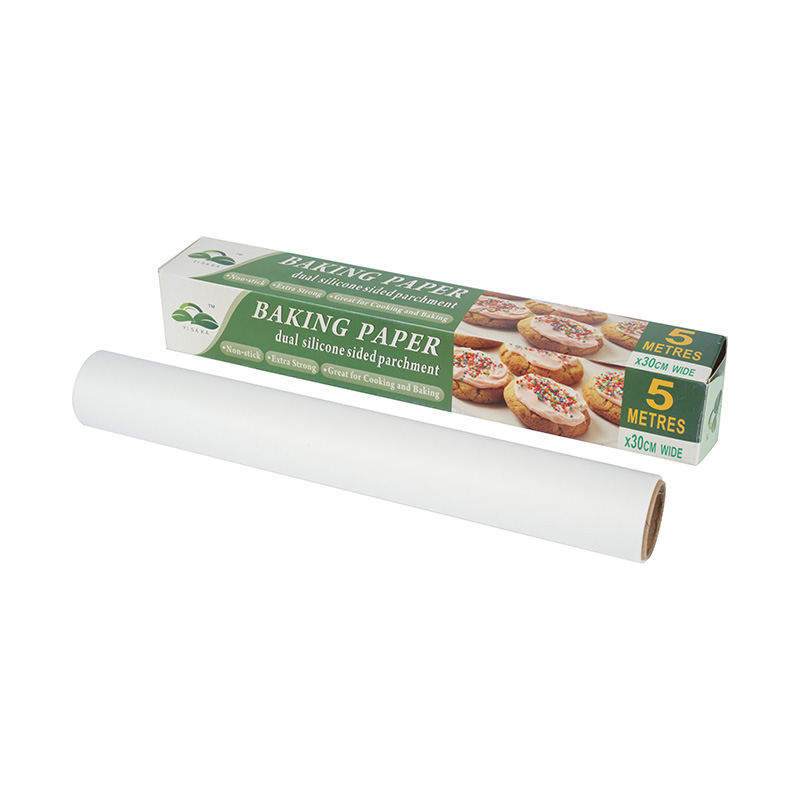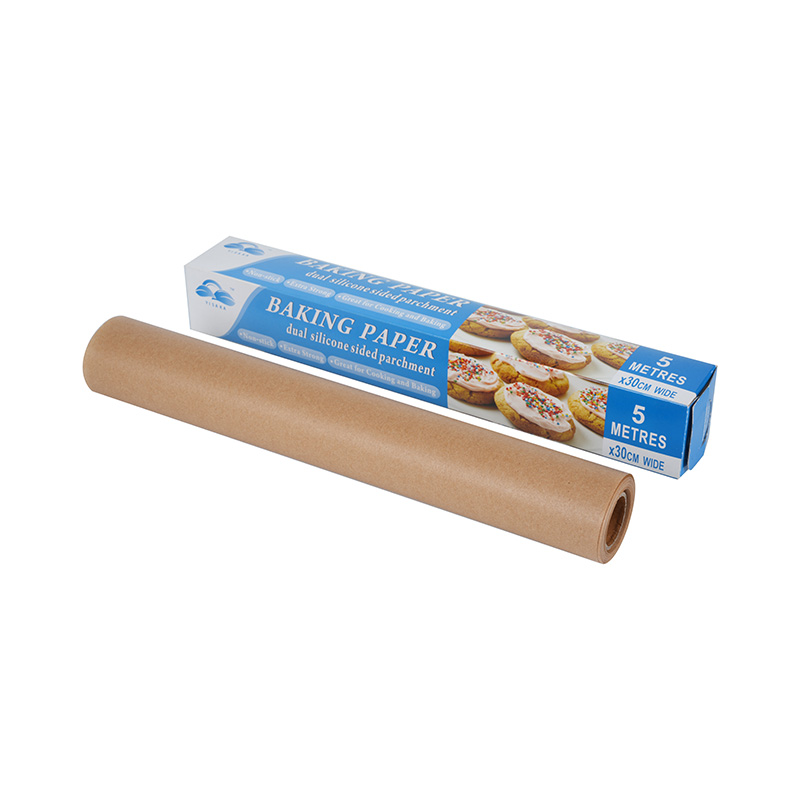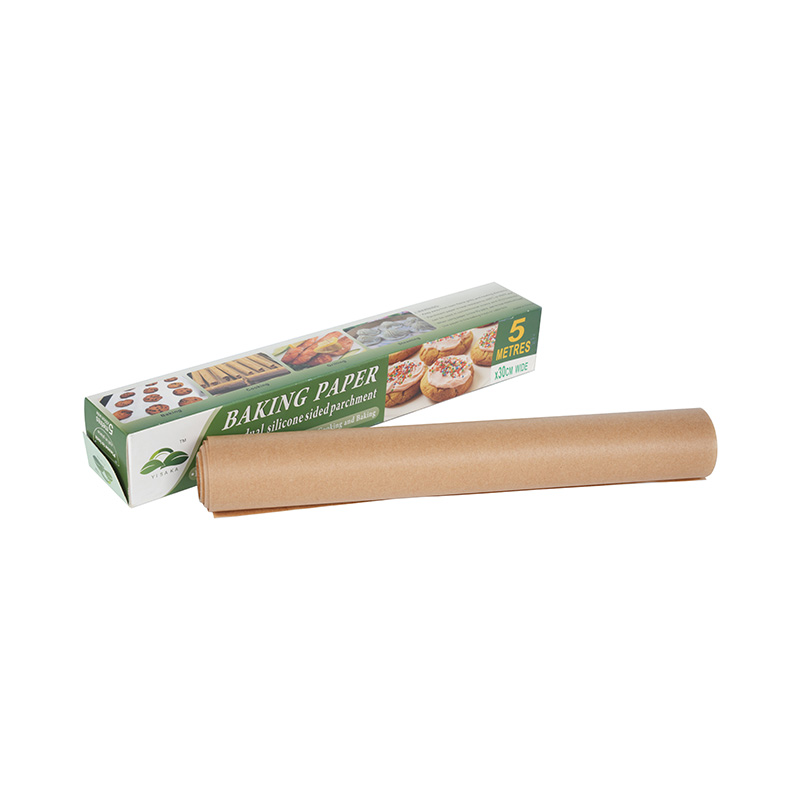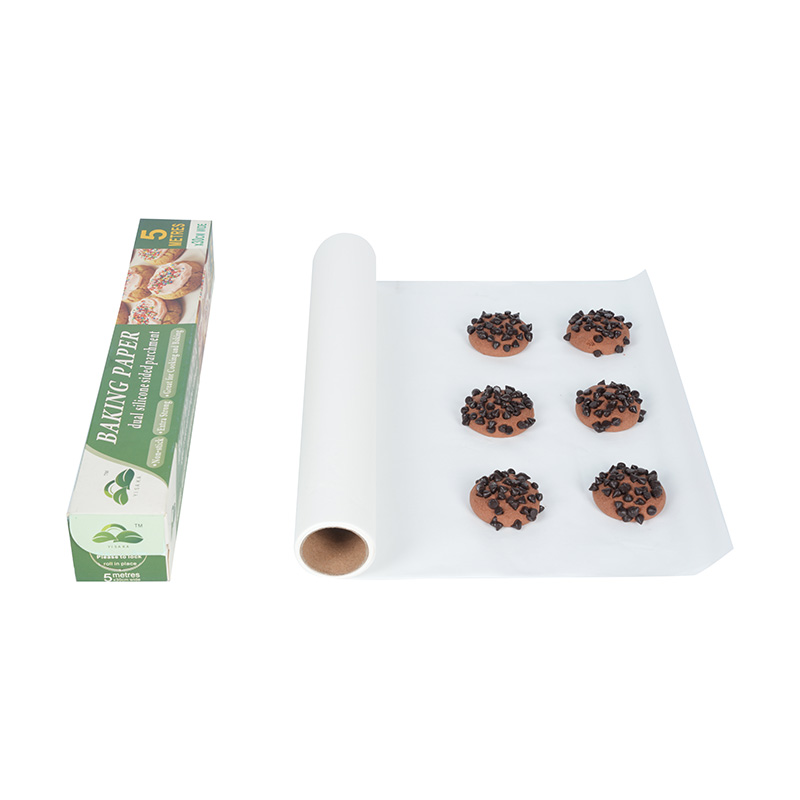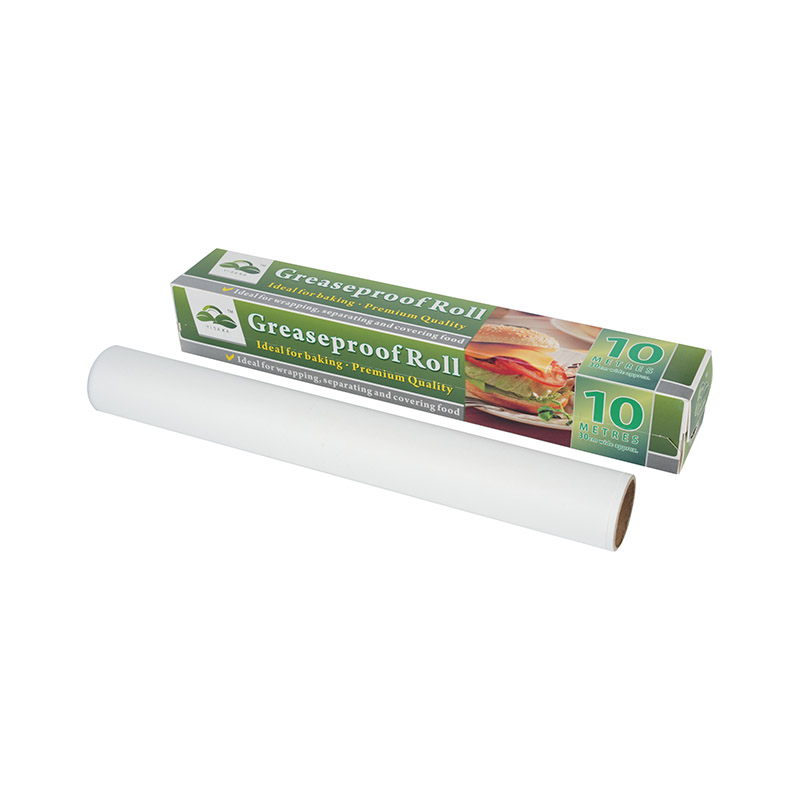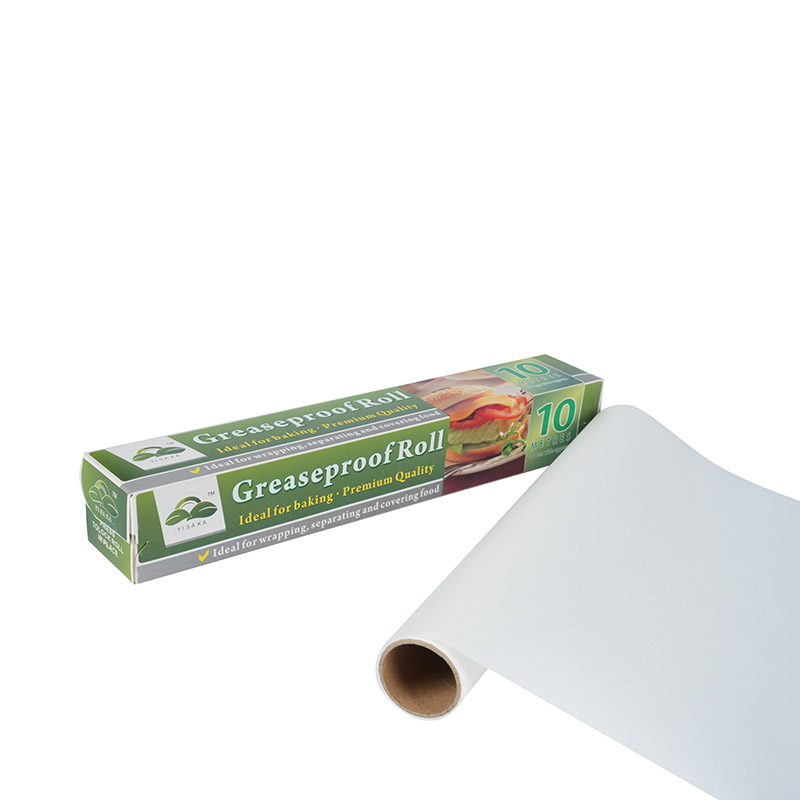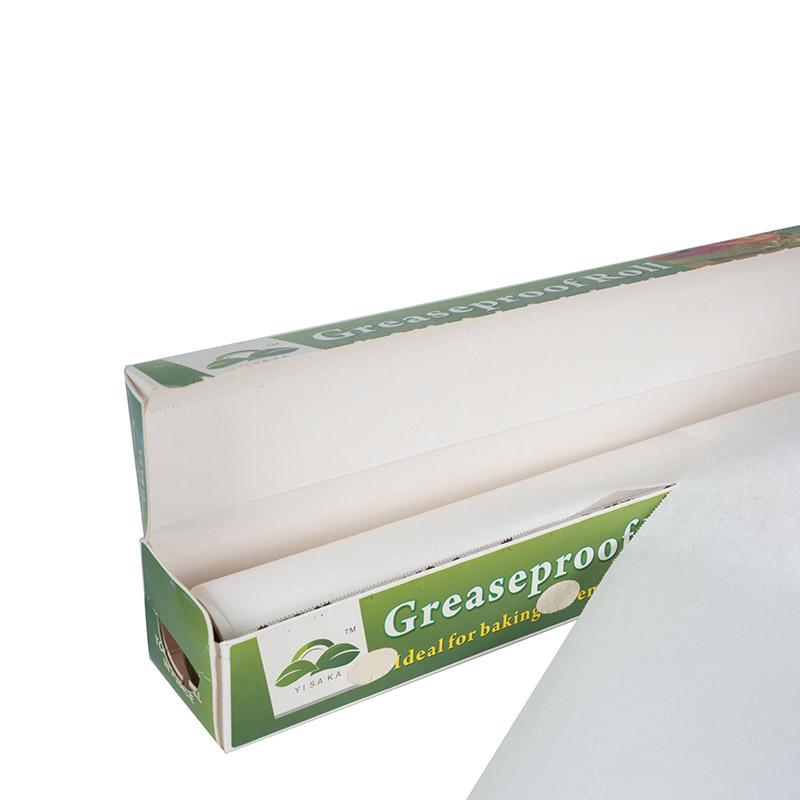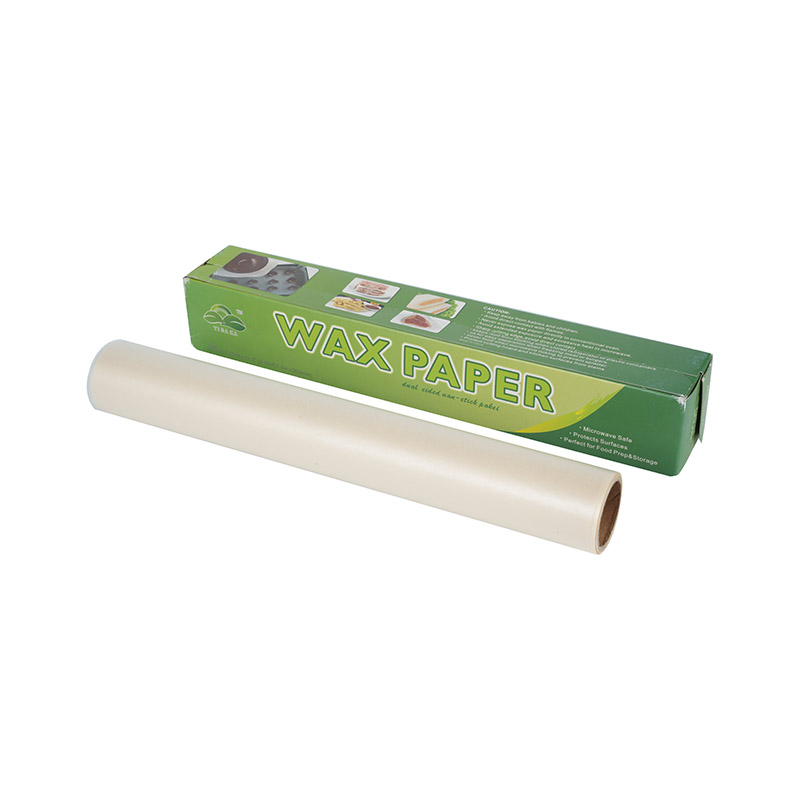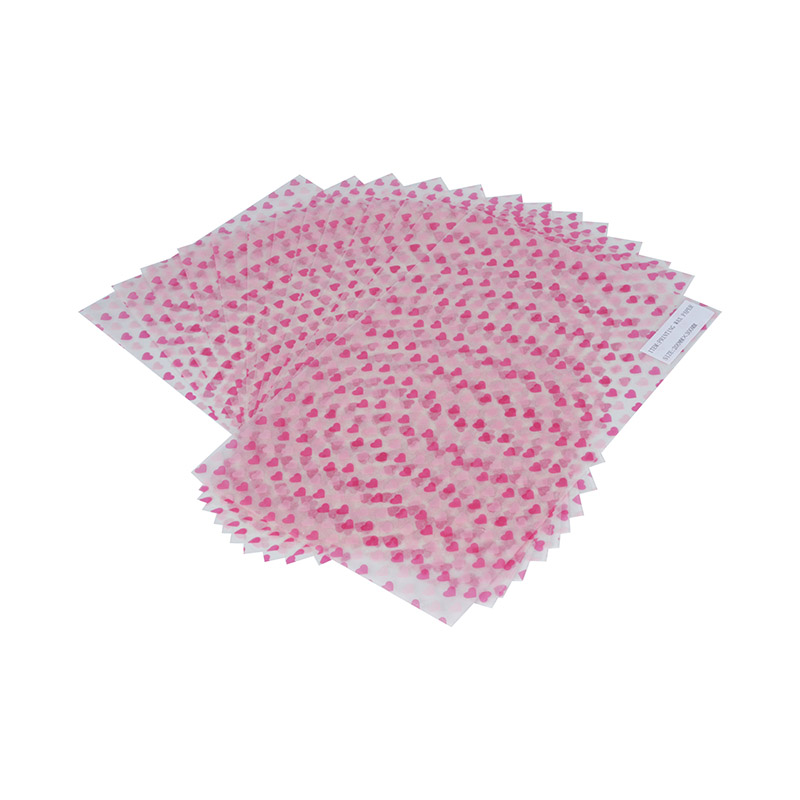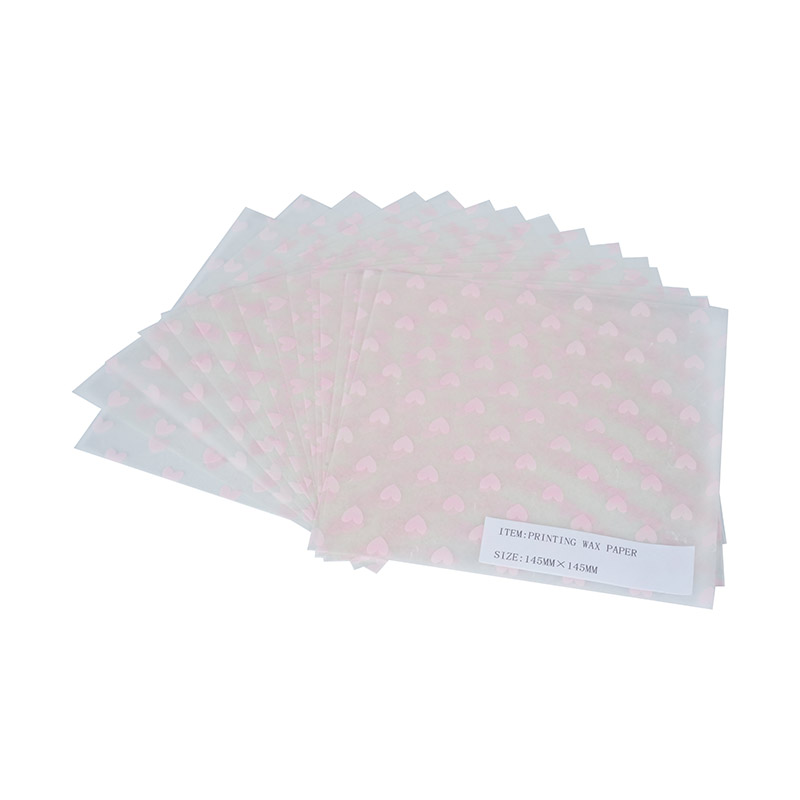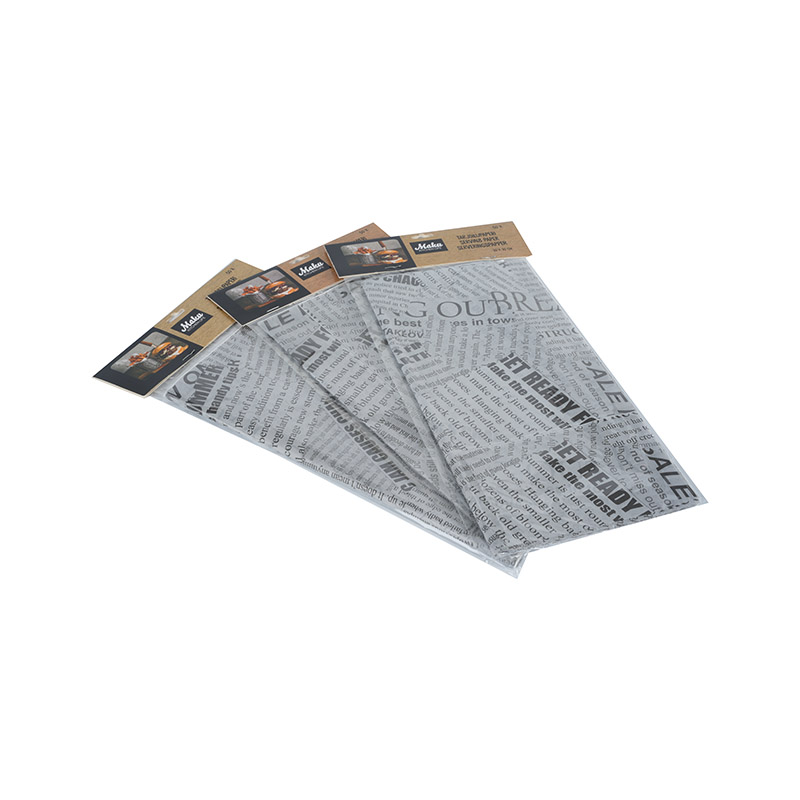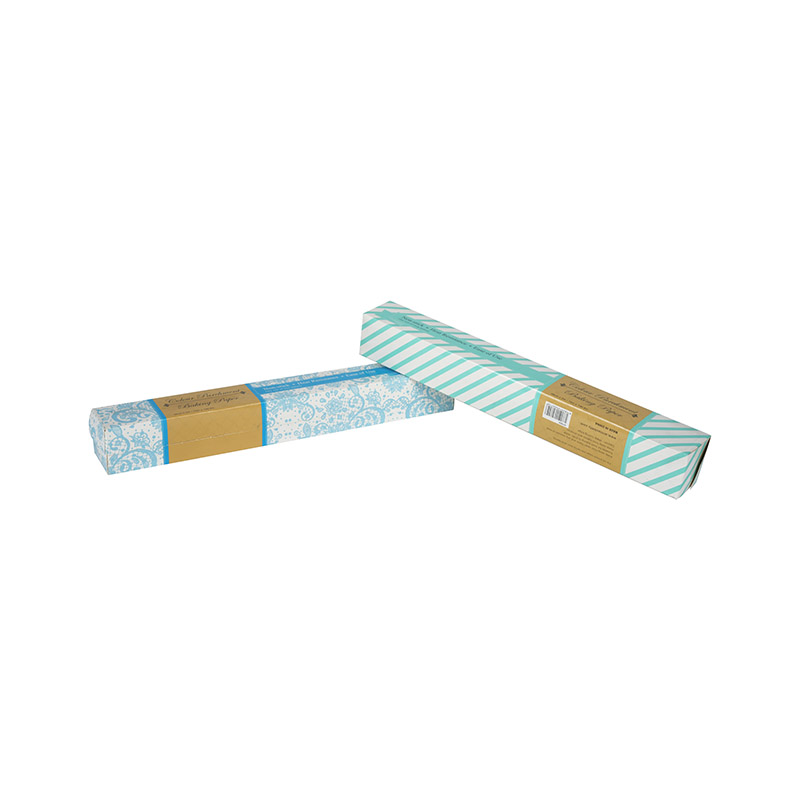The Origin and Use of Oil Paper
Oil paper, commonly known as steamer paper or baking paper, is a specialized non-stick paper used for cooking. Its history can be traced back several centuries when people discovered that using a special kind of paper during steaming could effectively prevent food from sticking to the bottom of the steamer. It also absorbed excess moisture and oil, helping to maintain the food's texture and shape. The earliest forms of oil paper might have been simple bamboo or lotus leaves, but with technological advancements, modern oil paper has evolved into a special silicone-treated paper. Its high-temperature resistance, water resistance, and oil-proof properties make it indispensable in modern kitchens.
The Material and Properties of Oil Paper
High-quality oil paper is typically made from food-grade wood pulp and coated with a silicone layer on one or both sides. This coating is key to its non-stick performance. Silicone is an inert substance that doesn't react with food, making it completely safe.
The main properties of oil paper include:
-
High-Temperature Resistance: Modern oil paper can withstand temperatures up to 230°C (450°F), making it suitable not only for steaming but also for baking and microwave heating.
-
Non-Stick: The silicone coating effectively prevents food from sticking to pots or steamers, making cleanup incredibly easy.
-
Water and Oil-Proof: Oil paper can block the penetration of water and grease, keeping the food dry and intact.
-
Reusable: Some high-quality oil paper can be used multiple times, especially when baking dry foods.
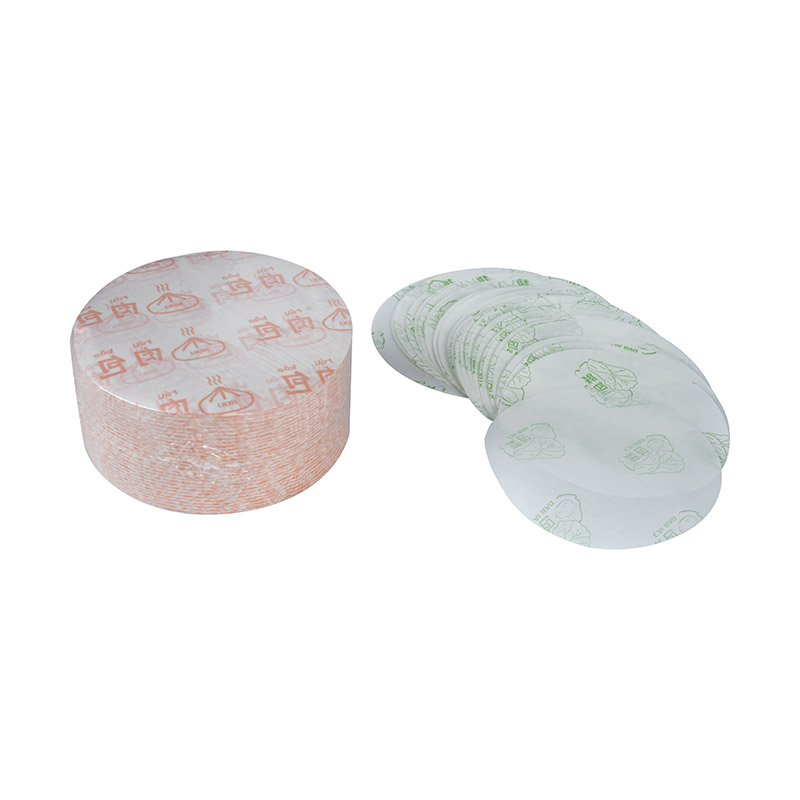
Professional Applications of Oil Paper in the Kitchen
The professional use of oil paper goes far beyond simple non-stick applications. In the culinary world, it is widely used in various techniques and methods.
-
Steaming Dim Sum: When steaming buns, mantou, or dumplings, using a steamer liner ensures the bottom doesn't stick and the texture remains fluffy.
-
Baking: Lining a baking sheet with parchment paper prevents cookies, cakes, or roasts from sticking to the pan. It also absorbs excess oil, making the food healthier.
-
French Cooking: In the preparation ofen papillote(food cooked in a paper pouch), chefs wrap fish and vegetables in oil paper and bake them in the oven. This method locks in the ingredients' moisture and aroma, resulting in tender and juicy food.
-
Separating and Storing: When storing food, placing a small piece of greaseproof paper between burger patties, cheese slices, or frozen dumplings prevents them from sticking together, making them easy to retrieve.
-
Making Piping Cones: Using oil paper to create a disposable piping cone is a common and hygienic technique used by pastry chefs.
How to Choose and Use Oil Paper
When choosing oil paper, pay attention to its heat resistance, size, and whether it is food-grade certified. It's also recommended to choose products with FSC certification to support environmental sustainability.
To use oil paper, cut it to the appropriate size and shape for your container. When using it in a steamer, you can cut it into a circle and poke a few holes to ensure steam can pass through evenly and heat the food. For baking, simply lay the paper on the baking sheet.
Whether it's oil paper (greaseproof paper) or one of its other synonyms, it plays a vital role in the modern kitchen. It not only simplifies the cooking process but also makes food presentation more perfect, making it a valuable tool for anyone who loves to cook.


 English
English русский
русский